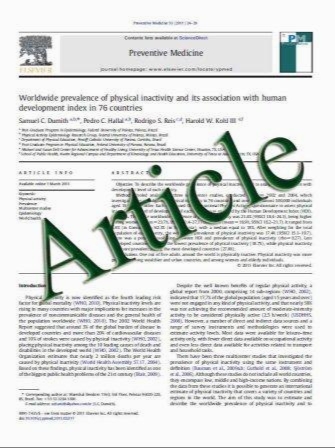Low absolute lymphocyte count and addition of rituximab confer high risk for interstitial pneumonia in patients with diffuse large B-cell lymphoma
- نوع فایل : کتاب
- زبان : انگلیسی
- مؤلف : Yu-Chung Huang & Chia-Jen Liu & Chun-Yu Liu & Jih-Tung Pai & Ying-Chung Hong & Hao-Wei Teng & Liang-Tsai Hsiao & Ta-Chung Chao & Jyh-Pyng Gau & Jin-Hw
- چاپ و سال / کشور: 2011
Description
Several small-scale studies have reported pulmonary toxicity among patients with diffuse large B-cell lymphoma (DLBCL) receiving rituximab-containing chemotherapy, though whether the use of rituximab predisposes to interstitial pneumonia (IP) remains unclear. This retrospective study was intended to identify the characteristics and risk factors of IP in patients withDLBCL. Between 2000 and 2009, 529 consecutive patients with DLBCL receiving first-line triweekly COP- or CHOP-based chemotherapy with or without rituximab were enrolled as subjects. IP was defined as diffuse pulmonary interstitial infiltrates found on computed tomography scans in conjunction with respiratory symptoms. IP was observed in 26 patients (4.9%), six of whom were confirmed with Pneumocystis jirovecii pneumonia. The median number of chemotherapy courses before IP was four cycles. Using multivariate analysis, absolute lymphocyte count less than 1× 109/l at diagnosis [odds ratio (OR) 2.75, p=0.014] and the addition of rituximab to chemotherapy (OR 4.56, p=0.003) were identified as independent risk factors for IP. In conclusion, the incidence of IP is increased in patients with DLBCL receiving rituximab-containing chemotherapy. Specific subgroups with lymphopenia at diagnosis may justify close scrutiny to detect pulmonary complications.
Ann Hematol DOI 10.1007/s00277-011-1268-2 Received: 9 March 2011 / Accepted: 26 May 2011


